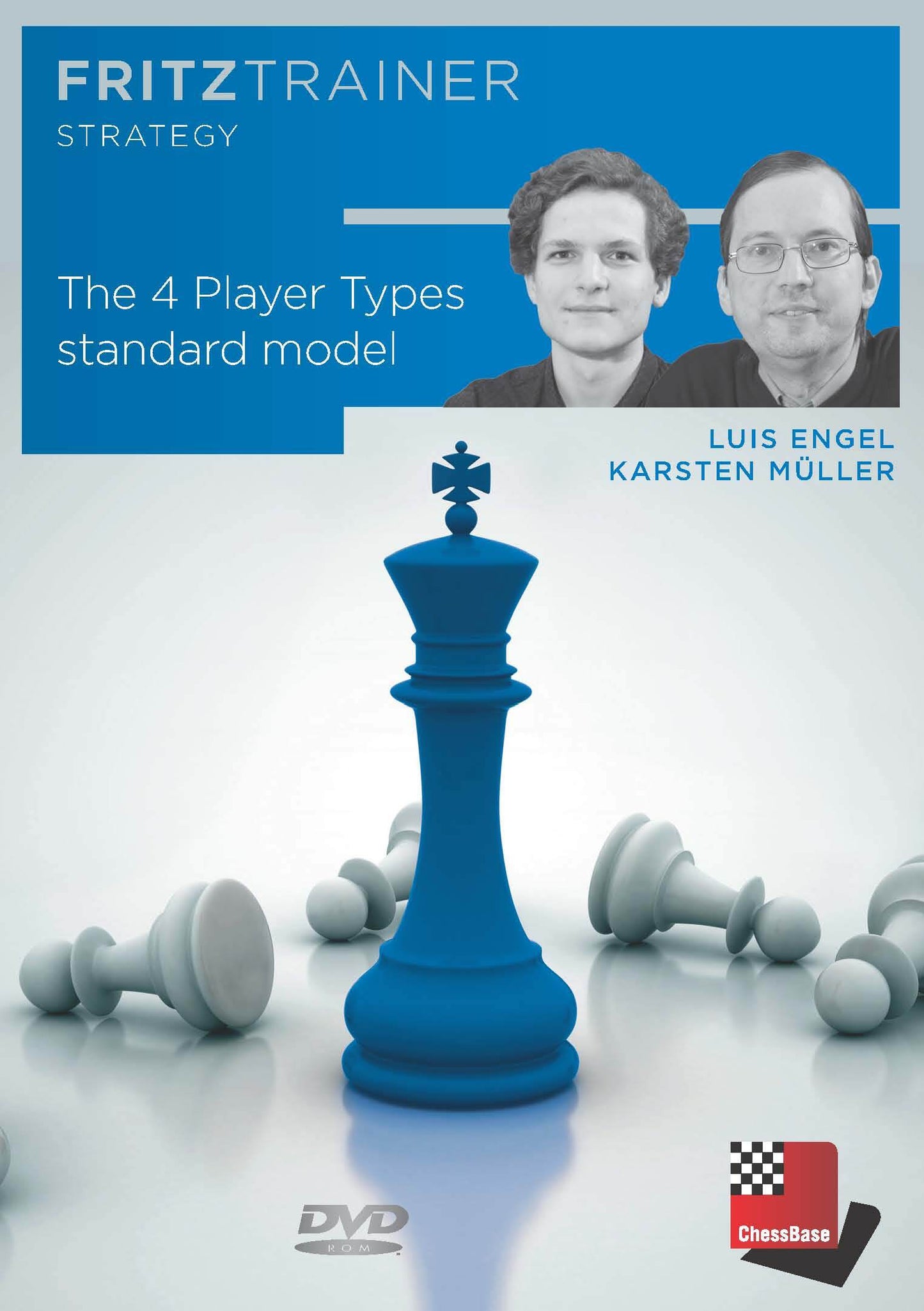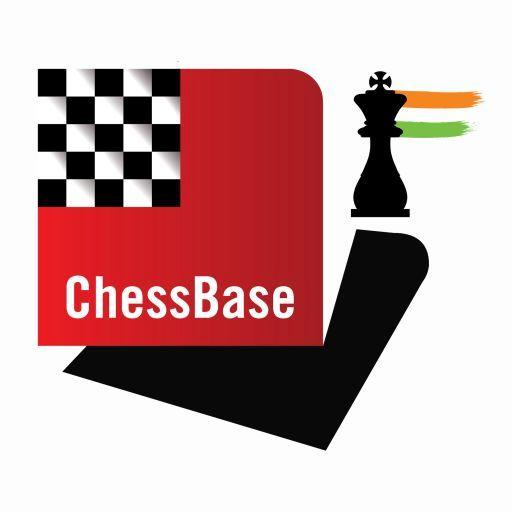The 4 Player Types standard model by Luis Engel / Karsten Müller
The 4 Player Types standard model by Luis Engel / Karsten Müller
Couldn't load pickup availability
“In the context of preparing for my next opponent ... certain character traits always play a role, which I try to assign to this player. ... Here it can be helpful and time-saving, for example, to draw conclusions about the type of player and thus also about strengths and weaknesses by (checking) played openings - or to get hints about the probability of (him or her choosing) certain opening variations by means of known player characteristics. These and numerous other considerations are bundled and systematically presented in this work. The division into four prototypical player natures is extremely helpful in answering questions that not only concern game preparation but also, for example, the determination of one’s own characteristics as a chess player. In addition, the work provides amateurs and chess enthusiasts with a helpful guide to form their own picture of this or that player.” (Excerpts from the foreword by GM Vincent Keymer)
• Video running time: 6 hours 50 min. (English)
Sample video
Luis Engel, born in 2002, became a Grandmaster at the age of 17 and was German Champion in 2020 and won the German masters in 2021. He plays in the 1st Bundesliga for the Hamburger SK and is studying law.
Karsten Müller born 1970, has a world-wide reputation as one of the greatest endgame experts. He has, together with Frank Lamprecht, written a book on the subject: “Fundamental Chess Endings” in addition to other contributions such as his column on the ChessCafe and ChessBase websites and in ChessBase
Magazine. Müller’s ChessBase-DVDs about endgames in Fritztrainer- Format are bestsellers. In the chessbase video portal he regularly welcomes top Grandmasters for his endgame show. The PhD in mathematics lives in Hamburg, where he has also played for the HSK in the Bundesliga for more than 25 years.
- Introduction
- Activists - Strengths
- Characteristics of activists
- Hyperactivists
- Strengths of activists - Sacrifices for a direct king attack
- The pearl of Wijk aan Zee
- Sacrifices for initiative
- Deep Junior as activist
- Judit Polgar's exchange sacrifice
- Judit Polgar's pawn sacrifices
- Initiative for static weaknesses
- Anand's activity
- Activists advance opening theory
- Anand's immortal game
- Kasparov's hammer blow
- Activists - Endgame
- Strengths - Defence of rook endgames
- Activity counts
- The defender exchanges pawns
- Dynamic trumphs are important - Strong passed pawns
- The swarm of midges
- Endgame types, where dynamic trumphs are important
- A light intiative weighs heavily
- Fire on board
- Anand's counterattack
- Weaknesses of activists in the endgame
- Do not rush
- Pseudo-active defence
- Activists - Weaknesses
- Weaknesses of activists in the endgame - Non-active defence
- Kramnik beats Kasparov
- Pseudo-active pawn moves
- Fatal opening of the kingside
- The defender must be careful when moving pawns
- Too risky attack
- Model games against activists
- Judit Polgar demonstrates reflector qualities
- Tiviakov's theories
- Theorists
- Characteristics of theorists
- The positional school
- Dorfman's method
- The flying rook
- Theorists play logically
- Botvinnik's iron logic
- The style of Ulf Andersson
- A light initiative weighs heavily
- The Andersson endgame
- Strategical endgames
- Ponomariov's technique
- Kramnik's power play
- One special theory
- The Steinitzian method of restriction
- Reflectors
- Characteristics of reflectors
- Good feeling for harmony and coordination
- Karpov's coordination
- Active prophylaxis
- Petrosian's prophylaxis
- Petrosian's king
- Dominance and restriction methods
- Karpov's space advantage
- Computer technique
- Strategic initiative and power play
- Attack with opposite-coloured bishops
- Petrosian's bishops
- Petrosian's pawn wave
- Strategic endgames
- Karpov's knight magic
- The Carlsen endgame
- Pragmatics
- Characteristics of pragmatics
- Concrete approach
- Fischer's knight sacrifice
- Fischer's attack on the wings
- Advantages and disadvantages of concrete play
- MVL's missed win against Carlsen
- Fischer's initiative
- Fischer's pseudo activity
- The calculation of variations
- Caruana's calculation power
- Good practical decisions
- Counterplay counts
- Making the game more difficult and complex 1
- Making the game more difficult and complex 2
- Pragmatics like to grab material
System requirements:Minimum: Pentium III 1 GHz, 1 GB RAM, Windows 7, DirectX9 graphic card with 256 MB RAM,Windows Media Player 9 and internet connection for program activation. Recommended: PC Intel Core i7, 2.8 GHz, 4 GB RAM, Windows 7 / 8 or 10, DirectX10 graphic card (or compatible) with 512 MB RAM or better, 100% DirectX10 compatible sound card, Windows Media Player 11 and internet connection for program activation.
Share



